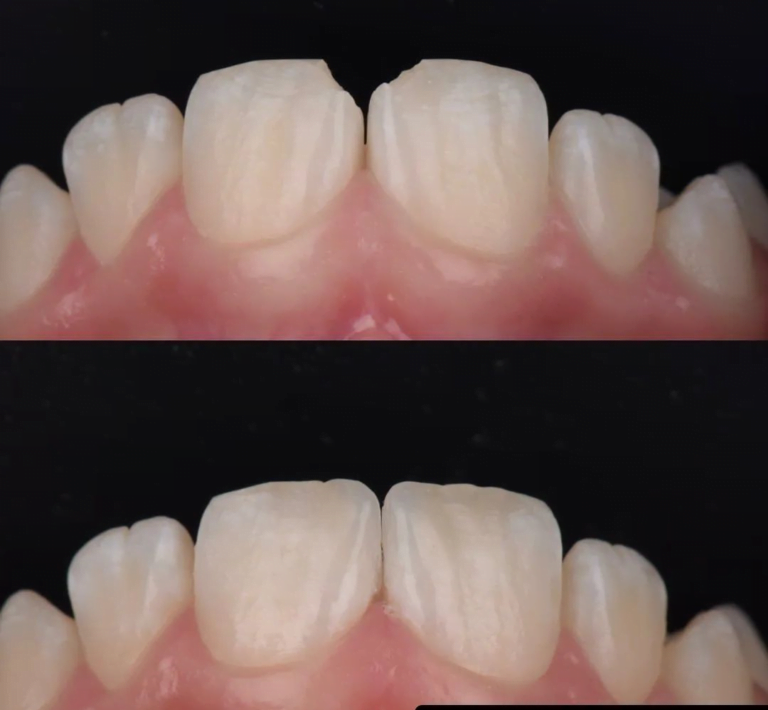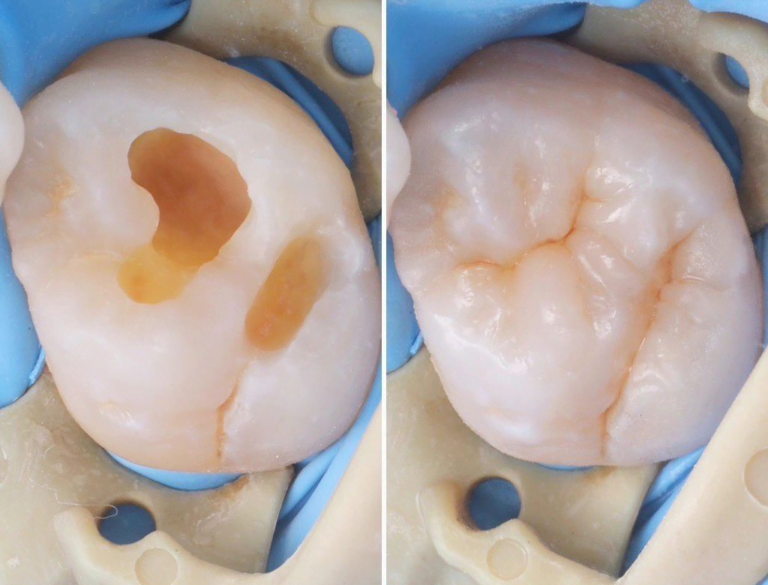Biomimetics
Best Clinic in Madurai
Biomimetics is an approach to dental restoration that aims to mimic the natural structure and function of teeth as closely as possible. The word “biomimetic” comes from “bio” (life) and “mimetic” (imitating), indicating that this field of dentistry seeks to imitate nature’s design and processes.
Overall, biomimetic dentistry represents a shift away from the “drill and fill” approach of traditional dentistry towards more conservative, patient-friendly techniques that prioritize the preservation of natural tooth structure and function. This approach can lead to better long-term outcomes for patients, with reduced risk of complications and the need for future dental work.


How it works?
Minimally Invasive Techniques: Biomimetic dentistry emphasizes conservative approaches to tooth restoration, focusing on preserving as much of the natural tooth structure as possible. This often involves removing only the damaged or decayed portions of the tooth, rather than large amounts of healthy tissue.
Use of Bonding Agents: Biomimetic dentistry often utilizes advanced bonding techniques and materials such as composite resins. These materials can be bonded directly to the tooth structure, helping to strengthen it and reducing the need for invasive procedures.
Function and Aesthetics: Biomimetic restorations are designed to not only restore the function of the tooth but also to closely match its natural appearance. This includes considerations of color, texture, and translucency to create restorations that blend seamlessly with the surrounding teeth.
Stress Distribution: Biomimetic techniques aim to distribute chewing forces evenly across the tooth, reducing the risk of fracture or other damage to the restoration. This often involves the use of materials and techniques that mimic the natural flexural properties of tooth enamel.
Longevity and Durability: By preserving more of the natural tooth structure and using advanced bonding techniques, biomimetic restorations can often be more durable and longer-lasting than traditional approaches.
